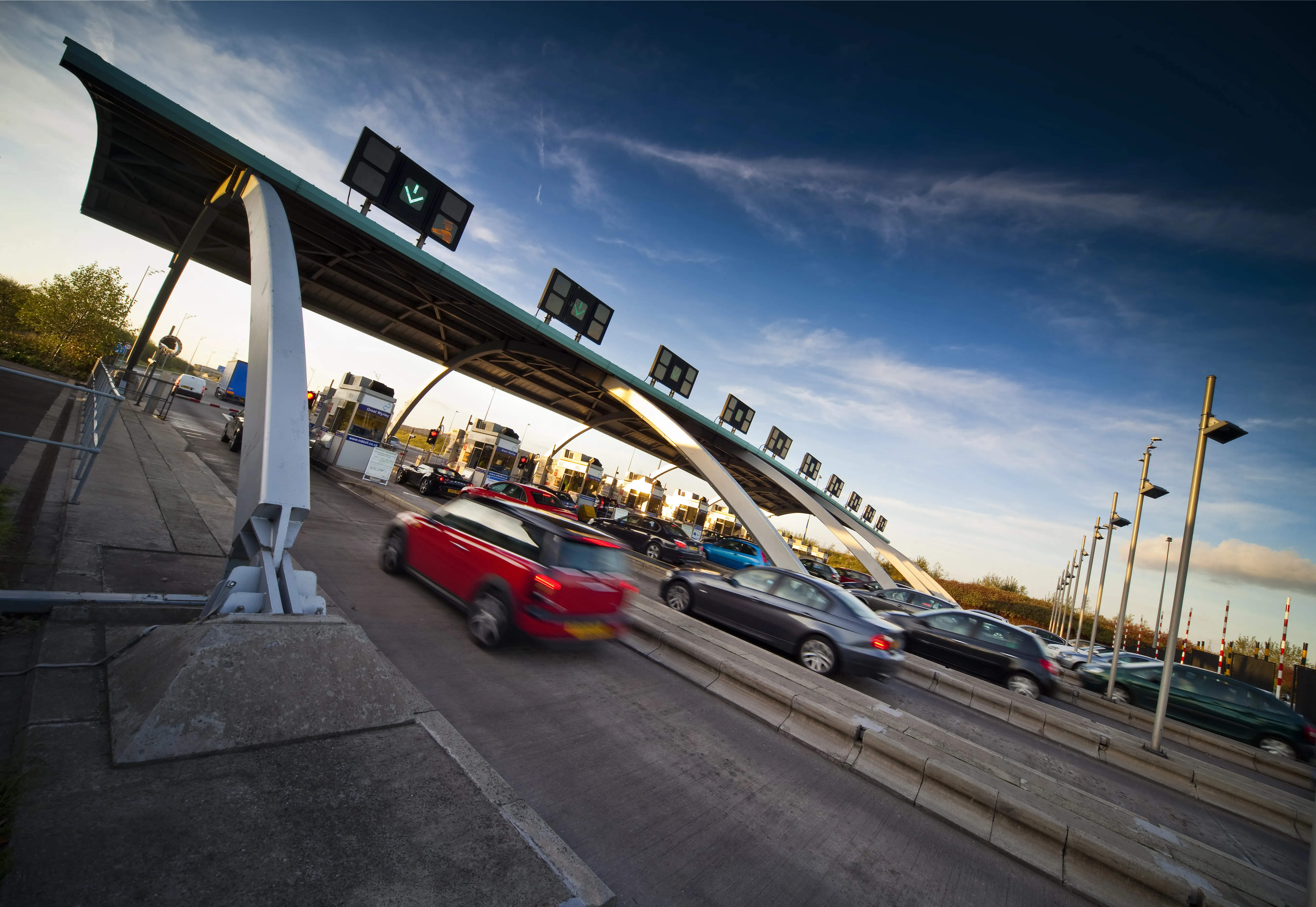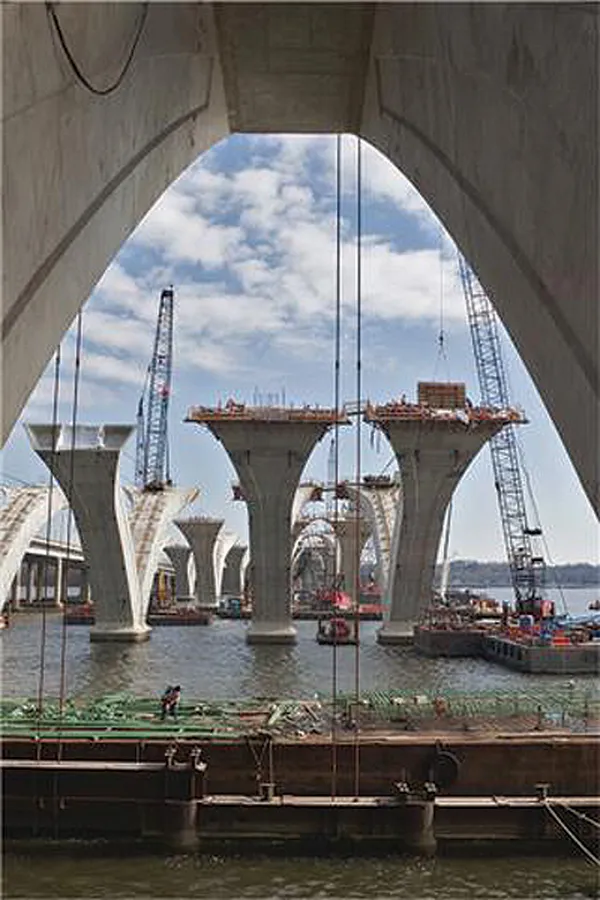The authorities in Queensland, Australia have agreed a 50-year deal over the tolling rights for the Go Between bridge and the Legacy Way motorway in Brisbane. The agreement was settled by the Queensland Investment Corporation (QIC). Under the terms of the deal, Brisbane City Council will be paid by QIC-owned Queensland Motorways Limited (QML) from A$1.08 billion to A$1.58 billion over a seven year period. Brisbane City Council will retain ownership of the tunnel and bridge and the plan is to use the revenue
July 17, 2013
Read time: 2 mins
The authorities in Queensland, Australia have agreed a 50-year deal over the tolling rights for the Go Between bridge and the Legacy Way motorway in Brisbane. The agreement was settled by the Queensland Investment Corporation (QIC). Under the terms of the deal, Brisbane City Council will be paid by QIC-owned Queensland Motorways Limited (QML) from A$1.08 billion to A$1.58 billion over a seven year period. Brisbane City Council will retain ownership of the tunnel and bridge and the plan is to use the revenue from yearly upfront payments for other infrastructure improvements. This income stream will be directed towards building new road infrastructure in Brisbane with works including the upgrade to Kingsford-Smith Drive. QML’s payments to the council will start with A$112 million in 2013 and A$131 million in 2015. If the expected traffic volume of 24,000 vehicles/day is exceeded, the council will be paid more by QIC. The tolling rights deal will boost the chances of QML of purchasing Brisbane's Clem Jones and Airport Link tunnel. The deal is subject to approval by council and also from the federal and state governments.







